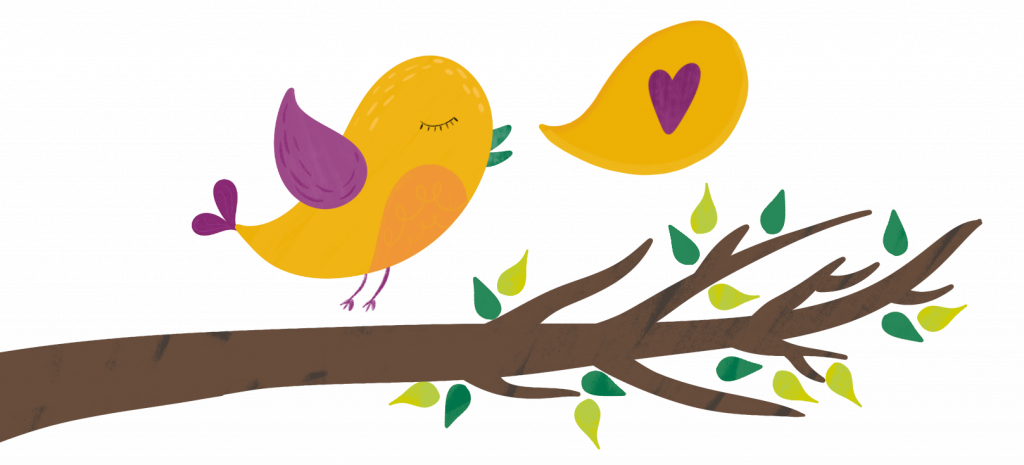What’s the most efficient way to teach the letter y sound in kinder or Pre-K?
A lot of programs will give you a script that sounds something like this:
“This is the letter y (showing the printed letter). Y says /y/, like yellow (showing a picture of a yellow crayon). Repeat after me: ‘Y, yellow, /y/'”.
That’s one way to do it. It’s how I did it for about a decade.
But after years of attending structured literacy trainings and reading research studies about best practices in literacy, I’ve made simple changes to my letter-sound instruction and have seen wonderful results.
I’d love to share this easy and effective routine with you. It’s enjoyable for students and stress-free for teachers, too!
Routine for Introducing the Letter Y and Its Sound
You can watch this video to get an idea of the entire routine. If you’re ready to introduce the letter y to your students, you can just hit play and let us do the teaching for a few minutes!
Start with speech.
Why?
Since most students already have a strong foundation in oral language (rather than print), when we begin our lessons with speech, students can make more meaningful connections when we then introduce the printed letters. Plus, it’s more engaging and meaningful to students, especially if you pair the speech with photographs.
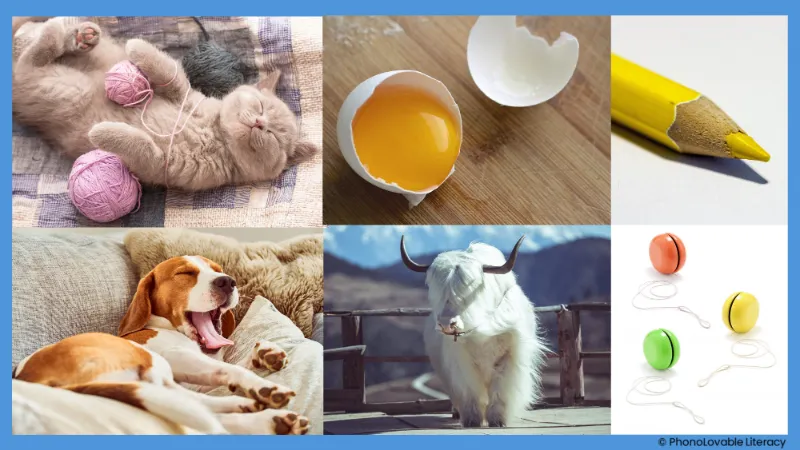

How?
Say 3-6 words that begin with the letter y, such as yarn, yellow, yawn, and yo-yo. Ask children to repeat each word after you say it. Show a photograph of each word if possible. If you aren’t using pictures, ask students to look closely at your mouth as you say each word, and listen carefully. Tell students that all of these words begin with the sound /y/. As much as possible, try not to say /yuh/; instead, try to clip the sound. This helps when students start to blend words.
Draw attention to what your mouth does when you make the /y/ sound.
Why?
Drawing our students’ attention to how our mouths look and feel while producing the sound can help make an abstract concept like phoneme-grapheme correspondence more concrete. It adds an extra multisensory component that benefits many of our children.
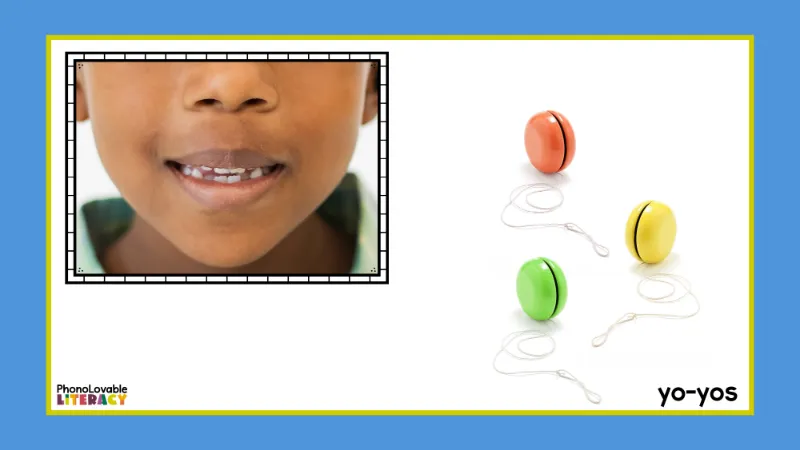

How?
Ask students to notice what their mouth is doing to make the sound /y/. Point out how your mouth stretches into an almost smile and the sides of your tongue touch the top. If you are in small group, hold up a mirror to let students look at their own mouths. If you teach a large group, draw attention to your own mouth and/or display a sound articulation (mouth pic) card like the one pictured above.
Introduce the printed letter with an EMBEDDED mnemonic.
Why?
Research going back decades revealed that using embedded images, keyword pictures displayed within the letter as opposed to showing a picture separate from the letter, resulted in students improving both the acquisition AND retention of letter-sound correspondences. In fact, it was the most effective and efficient method. Using pictures, especially ones of relatable objects, to help kids associate letter-sound relationships makes sense. But it’s reassuring to know that research backs up this approach!
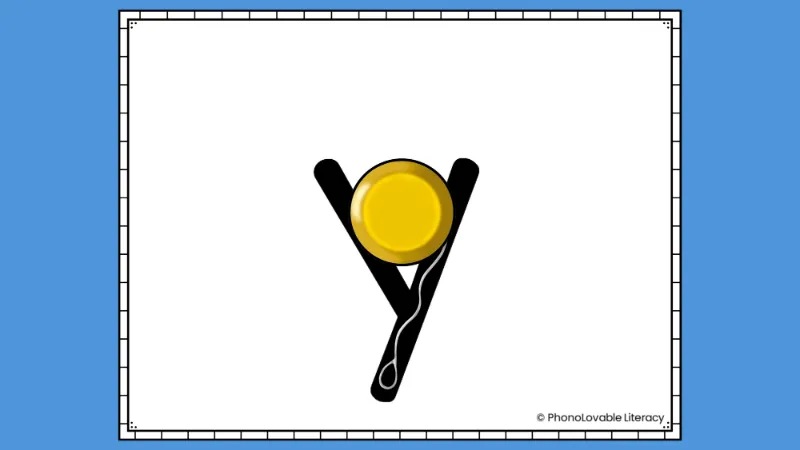

How?
Here is where you’ll first show your students the actual letter. But not just a plain letter, an embedded letter. The image of a keyword such as a yellow yo-yo embedded in the letter y helps solidify the connection between letter and sound. The shape of the yo-yo corresponds to the shape of the letter y and serves as a helpful reminder of the letter-sound association.
Model and practice writing the letter.
Why?
Decoding and encoding are like chocolate and peanut butter – fantastic on their own, but even better together. We teach letter sounds so that students may not only read new words but learn to write them as well. As an interventionist who works with students from kindergarten to 4th grade, I’ve seen how hard it is to undo inefficient letter formation habits. For the past few years, I’ve made it a point to prioritize letter formation as early as appropriate.
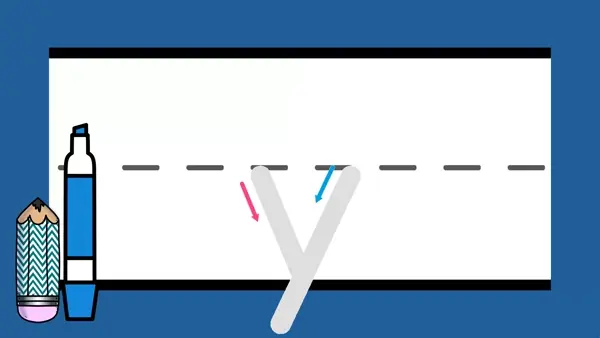

How?
I prefer to keep my letter formation language simple. You may have different wording from a program you’ve used, or you may wish to change up how you say this, but here’s what I say as I model how to write the lowercase letter y:
“Start at the middle. Little slant down to the bottom. Jump back up (to the middle line). Long slant all the way down (past the bottom line).” I model on a whiteboard and/or show an animated slide on my computer (in small group) or smart TV (in whole group). Ask students to follow along with their fingers in the air. If children are seated at desks, ask them to finger-write the letter y on the desk.
After a few finger-writing attempts, I have my students practice with pencils on paper or dry-erase markers on whiteboards. Since y can be a tricky one to write, I keep a close watch as they write, giving guidance, encouragement, and corrective feedback as needed.
Research-Aligned Alphabet Resources
Are you looking for affordable, easy-to-use resources to implement the steps above?
Here are my recommendations for introducing the letter y and other letters to your kindergarten students:
Initial Sound Slides: These no-prep slides introduce each letter sound in the most effective and efficient way. With each click, students will see interesting photographs containing the beginning sound, a photo of a kid making the sound along with a keyword image, the letter with an embedded mnemonic image, and finally, an animated letter formation slide (one for uppercase and one for lowercase letters).
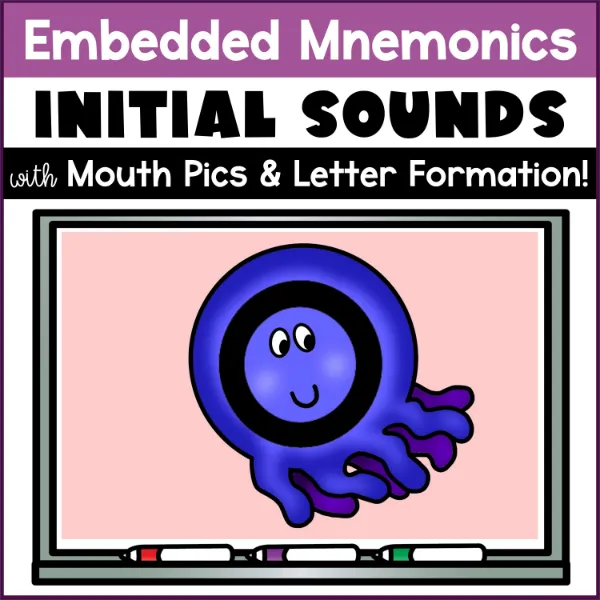

Mnemonic Alphabet Articulation Mouth Cards | Alphabet Posters with Real Pictures: If you prefer a paper option or don’t have access to digital resources, you may like these printable, 1-page posters of mouth pics along with the embedded mnemonic letters. It’s also a nice way to display the alphabet if you have classroom wall space.
Alphabet Picture Cards with Embedded Mnemonics: This set of printable pages comes with embedded letter cards in two sizes. Teach phonemes for 21 consonants, 5 short vowels, AND consonant digraphs WH, TH, SH, CH, and CK.
Get a free set of small embedded letter cards when you join us in our newsletter community!
Looking for an “everything bundle” of embedded letter resources, including digital slides, letter cards, worksheets, games, and more? Save nearly 50% and get all 12 resources. Watch your students quickly and effectively master letter sounds so they can begin the even more exciting journey of learning how to read and write words!
Sources:
Ehri, L. C., Deffner, N. D., & Wilce, L. S. (1984). Pictorial mnemonics for phonics. Journal of Educational Psychology, 76(5), 880–893. https://doi.org/10.1037/0022-0663.76.5.880
Ehri, L. C. (2013). Orthographic Mapping in the Acquisition of Sight Word Reading, Spelling Memory, and Vocabulary Learning. Scientific Studies of Reading, 18(1), 5–21. https://doi.org/10.1080/10888438.2013.819356
Ehri, L.C. (2022). What Teachers Need to Know and Do to Teach Letter–Sounds, Phonemic Awareness, Word Reading, and Phonics. The Reading Teacher, 76(1), 53-61. https://doi.org/10.1002/trtr.2095
McNamara, G. (2012). The effectiveness of embedded picture mnemonic alphabet cards on letter recognition and letter sound knowledge. Theses and Dissertations. 302. https://rdw.rowan.edu/etd/302
Shmidman, A., & Ehri, L. (2010). Embedded Picture Mnemonics to Learn Letters. Scientific Studies of Reading, 14(2), 159–182. https://doi.org/10.1080/10888430903117492
